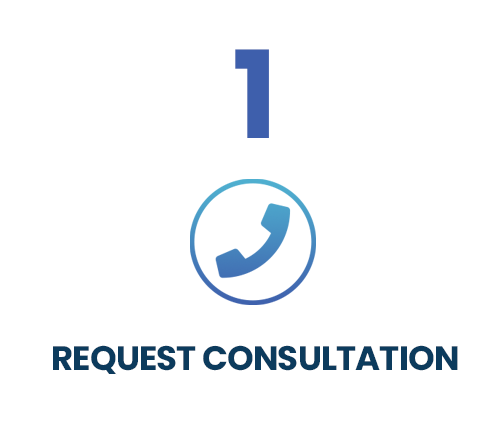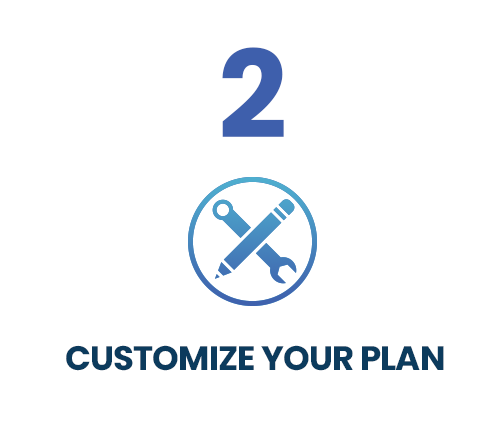Micro-moments, a concept recently introduced by Google, are high-intent short bursts of activity when consumers turn to their mobile devices to quickly access information (i.e., watch a “how-to” video) or take action (i.e., find the nearest Starbucks). Marketers must learn how to reach consumers during these high-intent micro-moments by providing their customers with the information they want, when they want it, and how they want it.
How Search Influences The New Customer Journey
The customer journey has become a nonlinear path of micro-moments that ultimately lead to a purchase. Oftentimes, search is at the beginning of this journey, but for higher-consideration purchases, search can also play a significant role in assisting the customer along their journey.
For example, someone looking to buy a new mid-size SUV may begin their journey by searching “top 10 mid-size SUVs,” followed by a search for customer reviews of the specific mid-size SUVs they’re interested in. This narrows their consideration set down to a few vehicles, and they search for the nearest dealerships for those particular SUVs, so they can test drive each vehicle and make a decision.
In this scenario, the consumer performs three distinct searches to move along the purchase path, and this may take place over a few days, few weeks, or even months. While there are other influences that may affect the buyer’s decision in this scenario, such as brand reputation or friends and family, the buyer turns to search when they’re ready to find specific information in these micro-moments that helps them narrow down their selection and move further along the path to buying a car.
Taking Advantage of Micro-Moments with Search
Search is a key channel for brands to leverage in order to take advantage of micro-moments. Consumers have become accustomed to reaching for their smartphones and searching for answers when they have questions. Brands have to make sure they’re present and able to answer consumers’ questions during these moments.
In order to do this, brands must understand and be there for the key moments in which their customers make decisions that push them further along the path to purchase. For example, home builders must understand that home buyers want to see virtual tours before visiting a model, or a hair care product line should know that their customers like to see how-to videos for different hairstyles before buying their hair product, or a car manufacturer knows customers want to see 360-degree views of a car’s interior before taking a trip down to the dealership. Consider the fact that 69 percent of online consumers’ perception of a brand is influenced by the quality, timing, or relevance of the brand’s message.
Conclusion
Brands that learn how to provide their customers with the information they want in these micro-moments will gain a significant competitive advantage as consumer behavior becomes increasingly reliant on mobile devices, expectations become greater, and attention spans become shorter.




